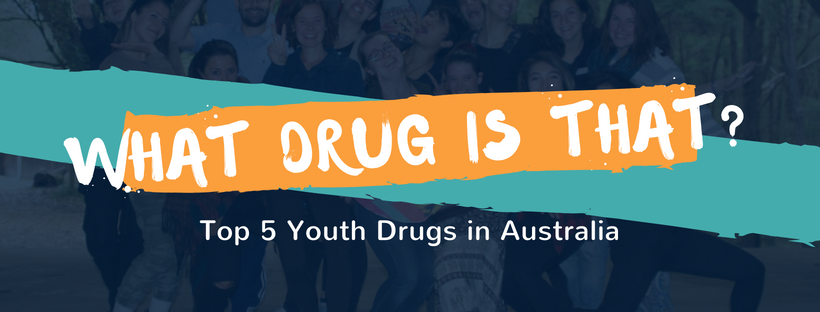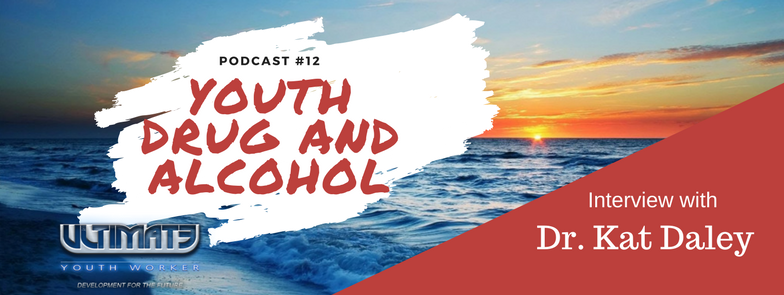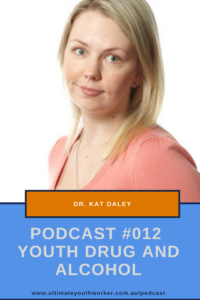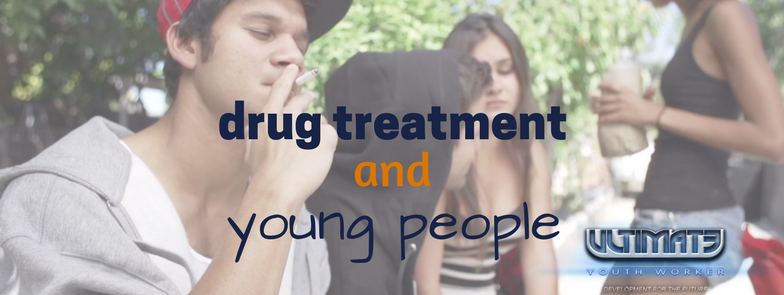What drug is that? The top 5 youth drugs in Australia.
In todays post we have scoured the depths of Youtube to find some great videos with information to help you answer that annoying question ‘what drug is that?’ We have found info on some of the most common drugs that young people use and will link you in with some resources that you can use in your practice with young people.
The National Drug Strategy Household Survey 2016 gives some valuable information about drug use and patterns in Australia, we have used this as a guide to choosing which drugs to look at today. You can download the report in the link below:
https://www.aihw.gov.au/reports/illicit-use-of-drugs/ndshs-2016-detailed/contents/table-of-contents
What better way to start than with a light hearted look at the possible drugs our young people have access to in todays world.
Alcohol.
Alcohol is the most widely used drug in Australia and for a lot of young people it can be a rite of passage and an important part of social inclusion in the adolescent years. With the adolescent years being an integral time for brain development, the neurotoxins in alcohol can potentially cause significant harm if not used safely. That is why it’s important to make sure that young people understand the effects of alcohol and are armed with as much information as possible to consume safely and look after each other when they do. Headspace have created this video and an information page that is easily digestible for young people, albeit a little cheesy. But who doesn’t like cheese.
Here is a great handout for young people: https://headspace.org.au/young-people/understanding-alcohol-for-young-people/
Cannabis (Marijuana).
Next up we have Cannabis, or Marijuana, Weed, Choof, or a myriad of other street names that we would all be familiar with. Also one of the most common drugs used within Australia, with under 30’s being the highest users. If you aren’t familiar with the below video, it was a $350,000 (failed) attempt by the NSW government to raise awareness about the effects of Cannabis on young people. Whilst it did provide us with a few laughs, there are questions about its’ effectiveness of informing young people.
Headspace, once again, provides us with a no nonsense two page A4 fact sheet that is a handy resource for any professional working with young people: https://headspace.org.au/young-people/understanding-cannabis-for-young-people/
What is in cocaine?
The National Drug Strategy Household Survey 2016 states that young Australians (aged 14–24) first try cocaine at 19.2 years on average and it is the second most commonly used illegal drug after cannabis. So what is cocaine? In short, cocaine from its’ original form as a coca leaf, goes through about 8 processes and is mixed with at least 11 harmful and poisonous ingredients along the way, including gasoline and cement. It is also common to mix cocaine with other drugs including amphetamines. By the time cocaine reaches the street there is no way to know what has actually been used to mix and cut the drug. The above video gives a brief overview of what is in cocaine.
If you would like some information about the effects of cocaine and links to services’ head to the Alcohol and Drug Foundation website provided below.
https://adf.org.au/drug-facts/cocaine/
Methamphetamine (“Ice”).
Methamphetamine is a man-made stimulant drug and it is a more potent form of the drug amphetamine. When it is in its crystalline form, the drug is called crystal meth or “ice”. Whilst both drugs cause similar symptoms, methamphetamine has longer-lasting and more harmful effects on the central nervous system. These characteristics make it a drug with high potential for widespread abuse. Consequently, it has been thrust in to the public eye on a large scale in recent times due to the devastating affect it can have on the individual and the wider community. In 2016, the Australian government launched the Nation Ice Action Strategy as an attempt to reduce the supply and demand and to increase education, prevention, treatment, support and community engagement. There entire strategy is funded for just under $300 million which will be divided amongst different programs working towards tackling both alcohol and drug problems Australia wide.
National Ice Action Taskforce Findings
MDMA (Ecstacy).
MDMA is the main ingredient in the party drug Ecstasy and the most common form of ecstasy used comes in either pill or tablet form. The average amount of MDMA in a “pill” is 70-125mg. When ingested, MDMA causes the release of the neurotransmitter serotonin, which plays a vital role in mood regulation and helps defend against mental health issues such as anxiety and depression. If our serotonin stores are depleted it can have a debilitating effect on our sleep, memory and learning, temperature regulation, and some social behaviour. In Australia, there is currently a big push for “pill testing” to become legal at music festivals as a harm reduction method. Due to the amount of unknown and potentially dangerous ingredients used in the production of MDMA, especially pills, this method is seen by some professionals as a step towards reducing drug related deaths and overdoses at festivals. For further information on this and MDMA visit the links below.
https://www.harmreductionaustralia.org.au/people/news/
https://www.drugabuse.gov/publications/drugfacts/mdma-ecstasymolly
Further information.
For further information on the 2016 National Drug Strategy Household Survey as well as a detailed summary of what you can do to support young people in accessing treatment options for alcohol and other drug related issues, read the article below by Ultimate Youth Worker Executive Director Aaron Garth.
https://ultimateyouthworker.com.au/2017/07/drug-treatment-and-young-people/
Also, check out our blog for other recourses on this topic and many more.



